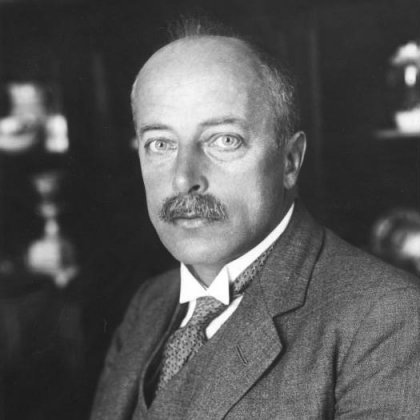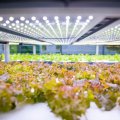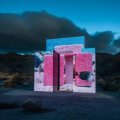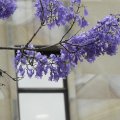
The University of Queensland will celebrate the International Year of Crystallography with a free public lecture on Max von Laue, who won the Nobel Prize in Physics in 1914 for his pioneering work on X-ray crystallography.
Retired chemical crystallographer Dr Colin Kennard will present the free public lecture at St Lucia from 6-7pm on Tuesday March 18.
Dr Kennard, who worked in UQ’s former Department of Chemistry, said X-ray crystallography used X-rays to determine the atomic and molecular structure of crystals by examining how crystals diffract X-rays.
“X-ray crystallography plays an important role in a wide range of chemical and material sciences by identifying the structure of substances, including salts, metals and minerals, allowing scientists to develop new uses for these substances,” he said.
The technique is important in the development of new medicines.
It was used to identify the structure of penicillin during World War II, allowing it to be mass-produced.
Max von Laue was born in Germany in 1879, and worked as an assistant to leading physicist Max Planck before taking a position at the Ludwig Maximilians University of Munich, where he successfully diffracted X-rays using crystals, forming the basis of X-ray crystallography.
Dr Kennard will trace the history and development of X-ray crystallography, from the first structure to today’s half a million compounds.
The lecture will be held in Lecture Room 222 of the Parnell Building at UQ’s St Lucia campus in Brisbane.
For more information, visit http://physicsmuseum.uq.edu.au/events or email heckenberg@physics.uq.edu.au.











